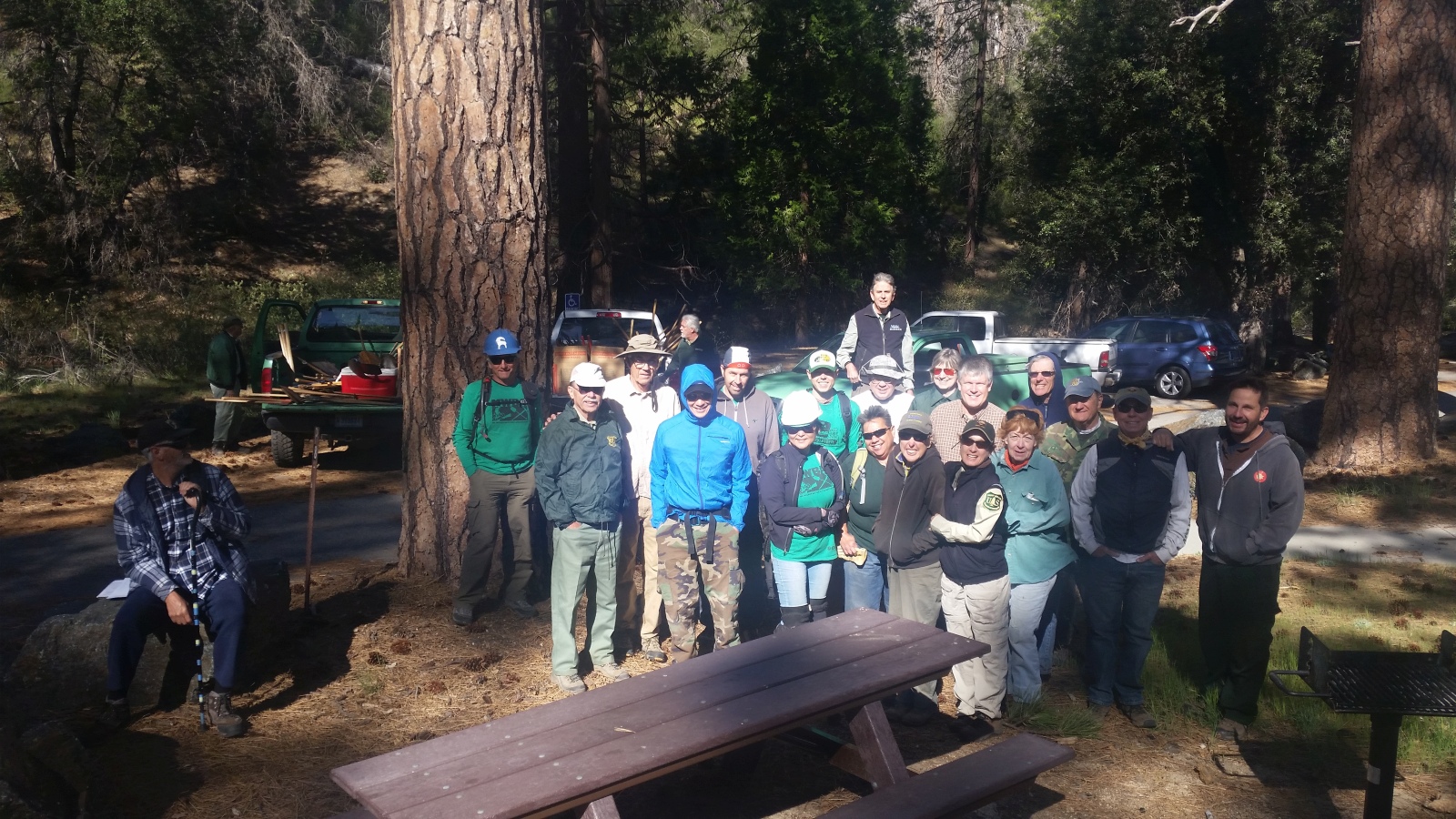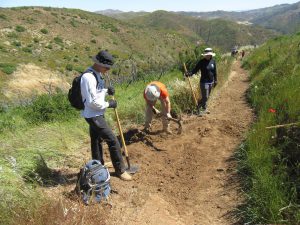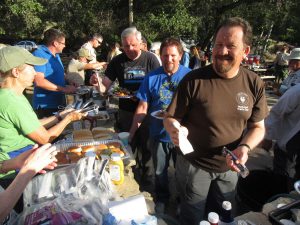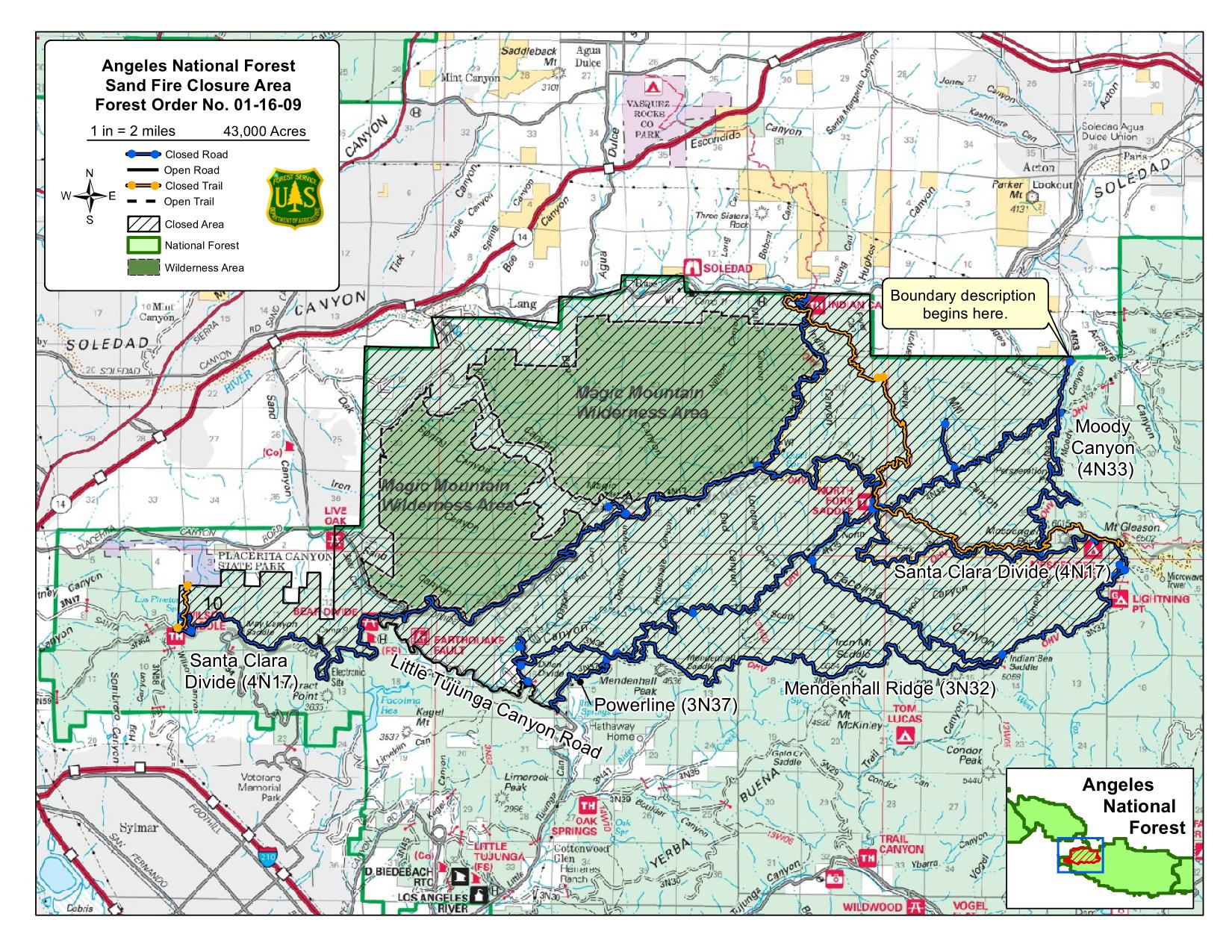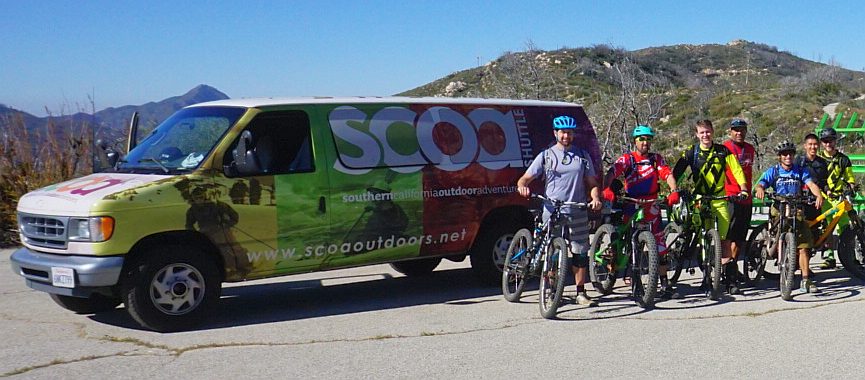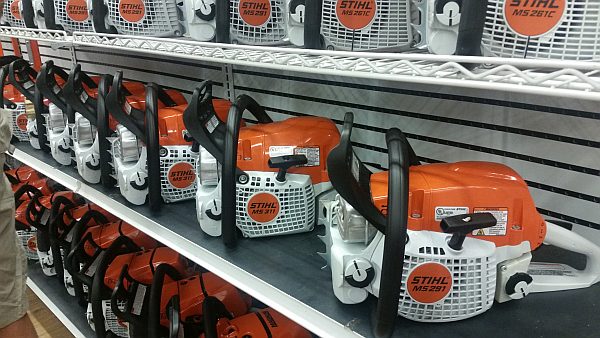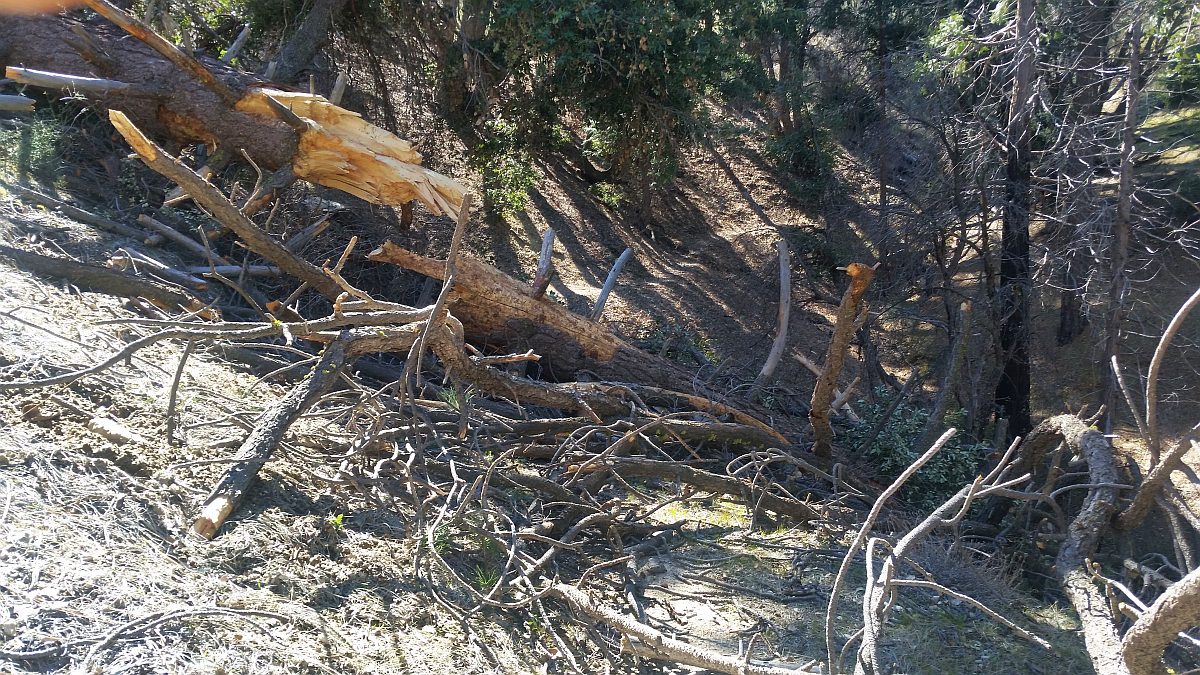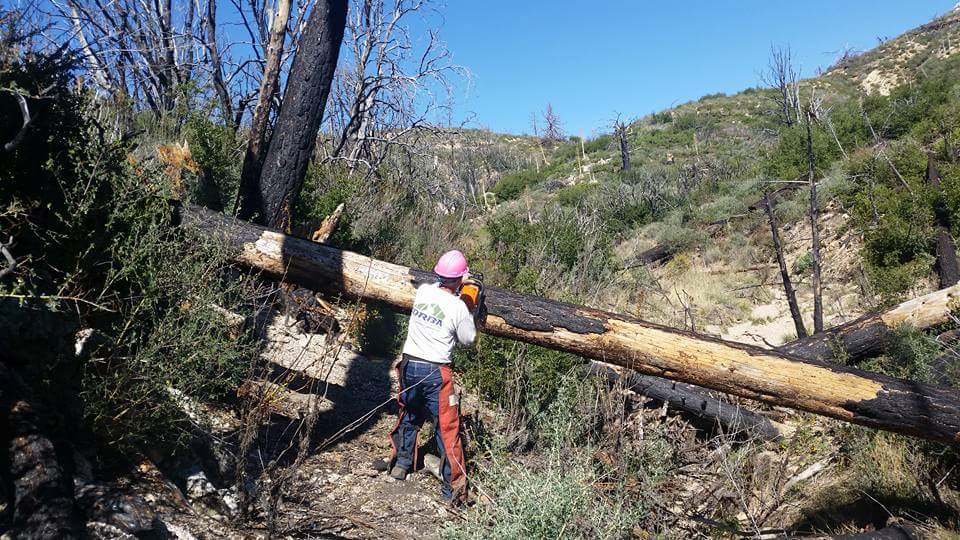Recently a sturdy bridge was built across a short gully on the Sin Nombre Trail in Point Mugu State Park. This bridge bypasses a sharp corner that has been the location of many serious mountain biking accidents. Here’s the story of the corner and the bridge.
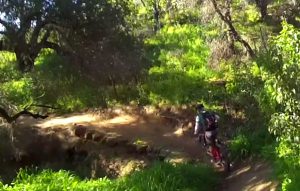
Climbing away from the corner. You can see the rocks on the edge that were placed to widen the trail, and how steep the drop is.
The corner in question is about 0.1 miles from the top of the trail at Ranch Center Road, where a small, usually dry stream crosses it. From Ranch Center Road, Sin Nombre Trail crosses the edge of a meadow and enters a grove of oak trees. It bends right and downhill for about 20′, rounds the corner in question to the left, turning over 90-degrees, then climbs out of the stream crossing and narrows. On the left side of the trail is a steep drop into the rocky stream bed about 5′ below. The corner looks really easy to negotiate and that’s the deception that has caused so many crashes and injuries. The natural tendency is to brake to slow on the downhill side to negotiate the sharp corner. The climb out of the corner is unexpectedly steep, so riders who haven’t downshifted can stall and put their foot down. They always put their left foot down because they’re already leaning that way after going around the sharp left corner. Unfortunately the trail is very narrow on the climb out, so unless the bike is on the very inside edge of the trail, the foot goes off the edge of the trail, followed by rider and bike, ending in a pile on the rocks of the stream bed. The seriousness of the injury is dependent on how lucky the rider is on landing on the rocks several feet below. Some of the injuries have been very serious, resulting in broken bones and nerve damage. One rider was paralyzed and unable to feel anything below his neck. Fortunately he’d just sprained his neck, not broken it, and feelings and movement returned after about 10 minutes. In addition there have been lots of regular scrapes, gouges and sprains.
There are other ways to crash on that corner, but putting the left foot down off the edge of the trail is very common.
CORBA with lots of help from the Santa Monica Mountains Trails Council worked to improve this section of the trail in 2012. Volunteers widened the hazardous section of the trail a few inches by embedding large flat rocks at the edge. Unfortunately the trail can’t be widened further by cutting into the inside edge because of oak trees and their roots at the edge of the trail.
Widening the trail be even a few inches certainly kept some people from tumbling down into the rocks below, but still people were having serious injuries there.
A few years ago, the father of a young Boy Scout fell and sustained very serious injuries. Many falls have resulted in broken bones, including at least one broken pelvis.
Now an Eagle Scout candidate, the young man embarked on a project after consulting with State Park officials to fix this issue once and for all. The result is the new bridge and the old hazardous section has been closed off.
Some people will probably be upset that the thrill of rounding this one corner has been removed from the trail, but I hope that when they understand why, they will happy to give up one turn to save less-experienced mountain bikers from falling on the rocks and seriously injuring themselves. So far as I know, nobody has been killed on this corner, but it was just a matter of time.
Many thanks to the young Eagle Scout who completed this project and the many scouts and friends who volunteered to help him!



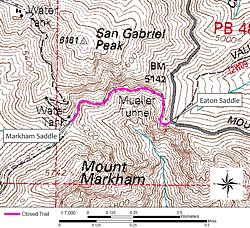 June 19, 2009
June 19, 2009

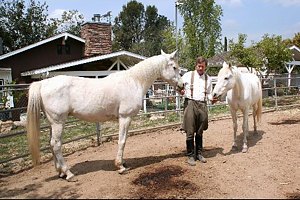
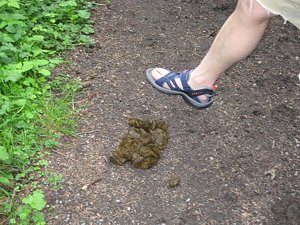 “The prices for boarding a horse are crazy,” said Rachel Rosenberg, 24, an aspiring actress who keeps her mustang, Indie, at
“The prices for boarding a horse are crazy,” said Rachel Rosenberg, 24, an aspiring actress who keeps her mustang, Indie, at 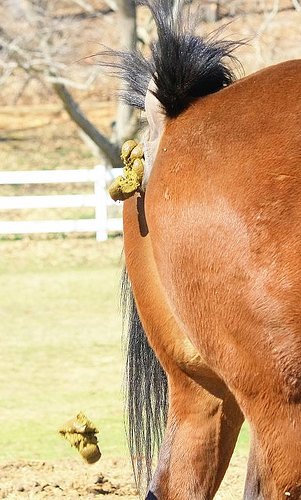 Registration Drives
Registration Drives
